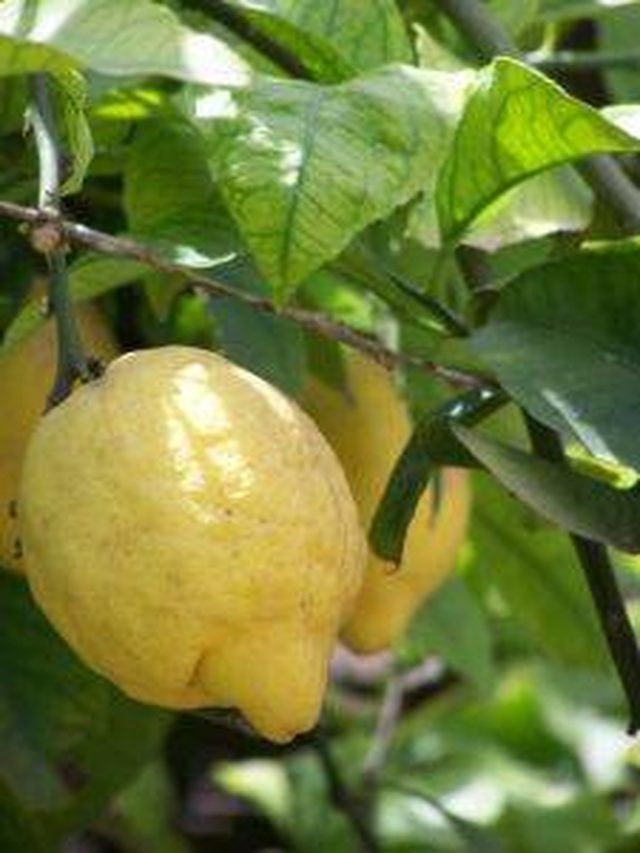Bulbs
Flower Basics
Flower Beds & Specialty Gardens
Flower Garden
Garden Furniture
Garden Gnomes
Garden Seeds
Garden Sheds
Garden Statues
Garden Tools & Supplies
Gardening Basics
Green & Organic
Groundcovers & Vines
Growing Annuals
Growing Basil
Growing Beans
Growing Berries
Growing Blueberries
Growing Cactus
Growing Corn
Growing Cotton
Growing Edibles
Growing Flowers
Growing Garlic
Growing Grapes
Growing Grass
Growing Herbs
Growing Jasmine
Growing Mint
Growing Mushrooms
Orchids
Growing Peanuts
Growing Perennials
Growing Plants
Growing Rosemary
Growing Roses
Growing Strawberries
Growing Sunflowers
Growing Thyme
Growing Tomatoes
Growing Tulips
Growing Vegetables
Herb Basics
Herb Garden
Indoor Growing
Landscaping Basics
Landscaping Patios
Landscaping Plants
Landscaping Shrubs
Landscaping Trees
Landscaping Walks & Pathways
Lawn Basics
Lawn Maintenance
Lawn Mowers
Lawn Ornaments
Lawn Planting
Lawn Tools
Outdoor Growing
Overall Landscape Planning
Pests, Weeds & Problems
Plant Basics
Rock Garden
Rose Garden
Shrubs
Soil
Specialty Gardens
Trees
Vegetable Garden
Yard Maintenance
How to Grow Lemon Trees in Pots
How to Grow Lemon Trees in Pots. You can still have fresh citrus even if you live in a colder climate. Lemon, lime and orange trees can be grown in containers inside your home. Dwarf citrus trees do very well in containers. They also fill your home with a wonderful fragrance when in bloom. Even if you live in warmer climates, you may prefer to grow...

You can still have fresh citrus even if you live in a colder climate. Lemon, lime and orange trees can be grown in containers inside your home. Dwarf citrus trees do very well in containers. They also fill your home with a wonderful fragrance when in bloom. Even if you live in warmer climates, you may prefer to grow lemon trees in pots. They can decorate your patio as well as provide lemons for the kitchen.
Things You'll Need
Dwarf lemon tree
Large container with drain tray
Screen
Gravel
Fruit tree potting soil
Loppers
Water soluble fertilizer
Place the container in its final location and on top of a drain tray. Choose a location in full sun to partial shade---the more sun, the better.
Cut a piece of screen to fit the bottom of your container and lay it in the bottom of the container. Place 1 to 2 inches of gravel over the screen to help keep the soil drained and keep the roots from sitting in water.
Fill the container half way with soil and place the tree in the soil. Check to make sure the roots haven't become all tangled and root bound in its previous container. If they have, spread them out in the new container. If necessary, use loppers to prune off some of the smaller roots.
Add some water and then more soil. Make sure there are no air pockets left around the roots, which can be a breeding ground for bacteria. Keep the tree at the same level it was in its previous container and a couple of inches down from the container's rim so you don't splash soil all over when you water. The root collar should be right above the soil line. Place some white gravel or a nice mulch on top of the soil.
Water thoroughly. Don't water again until the top of the soil feels dry. Too much water will cause root rot and kill your tree. After a while, you will get to know how well the pot holds water and when it will be needed. It will need more water when it starts to bloom and produce fruit.
Fertilize only when you start to see new growth. If you start to see a white crust on top of the soil, it is getting too much fertilizer and you need to flush it out with lots of water.
Make sure the tree gets between six and eight hours of direct sunlight each day. Bring the tree inside if there is going to be a freeze. Place it in a sunny, draft-free location well away from any heating vents.
Tips & Warnings
If you intend to bring the tree indoors when it gets cold, consider placing a base with wheels under your container.